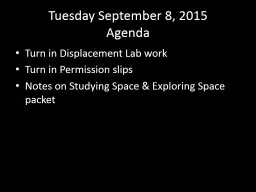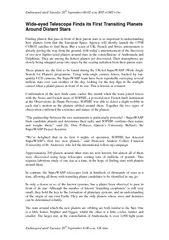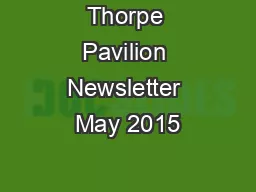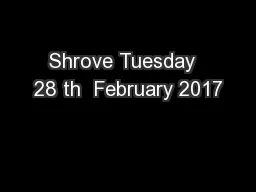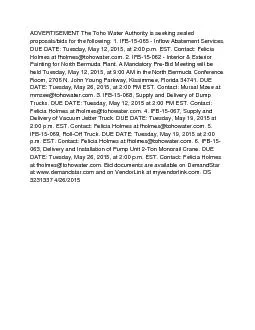PPT-Tuesday September 8, 2015
Author : marina-yarberry | Published Date : 2018-09-22
Agenda Turn in Displacement Lab work Turn in Permission slips Notes on Studying Space amp Exploring Space packet Studying space from Earth Tele distance Scopos
Presentation Embed Code
Download Presentation
Download Presentation The PPT/PDF document "Tuesday September 8, 2015" is the property of its rightful owner. Permission is granted to download and print the materials on this website for personal, non-commercial use only, and to display it on your personal computer provided you do not modify the materials and that you retain all copyright notices contained in the materials. By downloading content from our website, you accept the terms of this agreement.
Tuesday September 8, 2015: Transcript
Download Rules Of Document
"Tuesday September 8, 2015"The content belongs to its owner. You may download and print it for personal use, without modification, and keep all copyright notices. By downloading, you agree to these terms.
Related Documents

